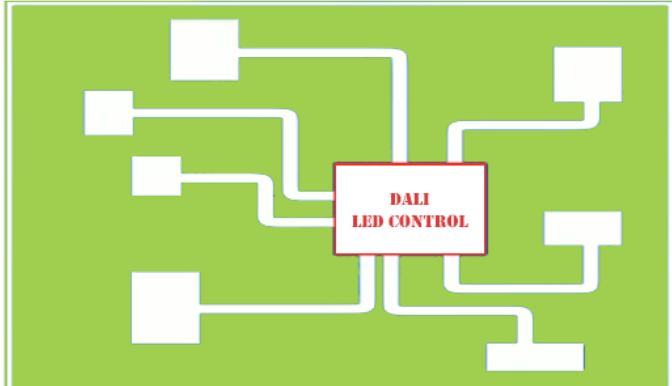Building Energy Conservation Topics: Technical Approach
Building Energy Conservation Topics: Technical Approach
1. Architectural planning and design
In the face of global energy and environmental problems, many new design concepts have emerged, such as micro-row buildings, low-energy buildings, zero-energy buildings and green buildings.
In essence, they all require architects to start from an overall comprehensive design concept and insist on working closely with energy analysis experts, environmental experts, equipment engineers and structural engineers.… Read More







